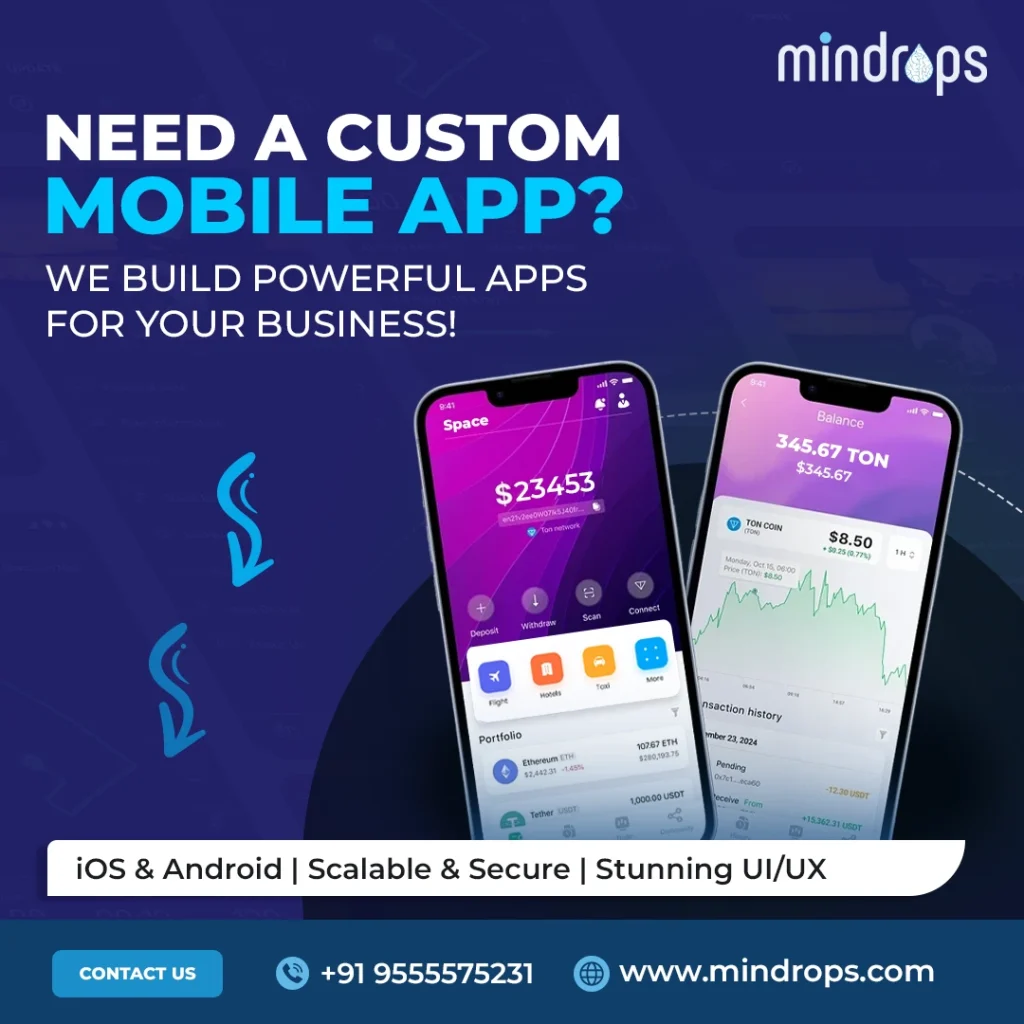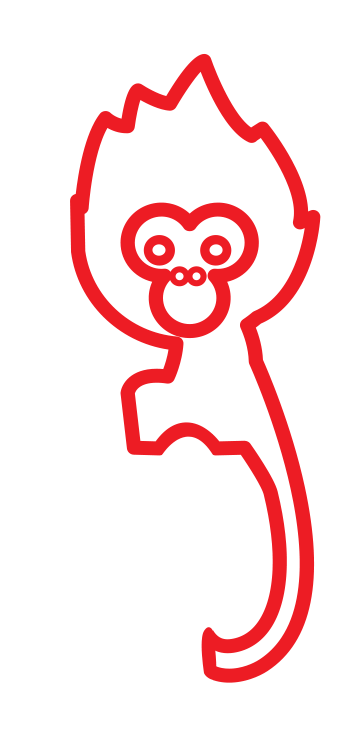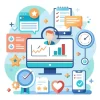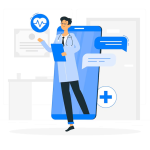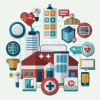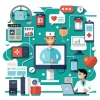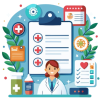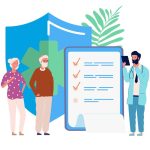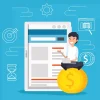
7 Innovative Ideas to Enhance Real-Time Feedback Collection in Healthcare Facilities
In healthcare, patient satisfaction and quality of care are critical. An essential, yet sometimes neglected, component of achieving high standards is the efficient collection of real-time feedback. This immediate feedback allows healthcare providers to address issues quickly.
Tailoring services to suit patient needs and continuously enhancing the patient experience helps. Here are seven innovative approaches to optimize real-time feedback collection in healthcare facilities, ensuring a consistent and positive patient journey.
1. QR Code-Based Feedback Stations with Lazymoney
QR codes offer a modern, contactless way to collect real-time feedback, making it easy for patients to share their experiences. By scanning these codes with their smartphones, patients can instantly access a feedback form.
Allowing them to provide valuable insights. This method is particularly advantageous in maintaining a safe and hygienic environment, a priority in today’s healthcare settings.
Integrating Lazymoney QR code feedback system can enhance the efficiency and appeal of this feedback collection method.
Advantages of QR Codes:
- Contactless Interaction: Reduces physical contact, crucial for infection control.
- Instant Access: Quick and easy form access encourages more participation.
Effective Use of QR Codes:
To maximize the effectiveness of QR codes for feedback collection, consider the following best practices:
- Place codes in visible spots like reception areas or patient rooms.
- Ensure forms are mobile-friendly.
- Offer alternative feedback options for those without smartphones.
2. Utilizing Interactive Kiosks for Real-Time Feedback
Interactive kiosks are an excellent tool for collecting feedback at the point of care. Placing these kiosks in high-traffic areas within a facility provides patients and visitors with a convenient way to share their experiences as they exit the healthcare environment.
These kiosks should be user-friendly, offering a straightforward interface and language options to cater to a diverse patient population.
Key Advantages:
- Ease of Use: Simple touchscreen interfaces encourage participation.
- Anonymity: Patients can provide honest feedback without concern for identification.
Implementation Tips:
- Position kiosks near exits or waiting areas
- Ensure the interface is intuitive and accessible
- Regularly update the feedback questions to stay relevant
3. Deploying Mobile Feedback Apps
A dedicated mobile feedback app can facilitate the collection of real-time patient feedback directly from smartphones. This tool allows patients to share their experiences conveniently, whether immediately after a visit or later, at their leisure.
Benefits:
- Accessibility: Patients can access the app anywhere, increasing response rates.
- Engagement: Features like reminders and notifications keep patients engaged.
Essential Features:
- Simple user interface with clear prompts
- Push notifications to remind patients to provide feedback
- Options for rating and open-text responses
4. Sending SMS and Email Surveys
SMS and email surveys provide a non-intrusive yet effective method for collecting patient feedback for hospitals. These surveys can be sent immediately after a patient’s visit, encouraging them to share their thoughts while the experience is fresh.
Why They Work:
- Timeliness: Surveys reach patients quickly after their visit.
- Broad Reach: Accessible to all patients, regardless of device type.
Best Practices:
- Keep surveys concise to increase completion rates
- Use a mix of multiple-choice and open-ended questions
- Offer an option for anonymity to encourage candid responses
5. Providing Digital Tablets in Waiting Areas
Installing digital tablets in waiting areas can be an effective way to collect patient feedback for doctors and other healthcare professionals.
These tablets can be pre-loaded with survey questions and placed in waiting rooms, allowing patients to provide feedback during their wait.
Advantages:
- Immediate Collection: Patients can provide feedback while waiting, using their time productively.
- Enhanced Experience: Tablets can offer information about services or health tips, adding value.
Practical Tips:
- Secure tablets to prevent theft or damage
- Include clear instructions for use
- Clean and sanitize devices regularly for hygiene
6. Employing In-Person Feedback Facilitators
Designating staff members or volunteers as feedback facilitators can significantly enhance the collection of real-time patient feedback. These facilitators can engage with patients directly.
Encouraging them to share their experiences and assisting them in providing feedback.
Benefits:
- Personal Touch: Face-to-face interaction can encourage more detailed and thoughtful responses.
- Support for All Patients: Facilitators can assist those who may struggle with digital feedback methods.
Qualities of Effective Facilitators:
- Friendly and approachable
- Trained in handling sensitive information
- Capable of communicating in multiple languages, if necessary
7. Conducting Post-Discharge Follow-Up Calls
Post-discharge follow-up calls are a traditional yet effective method for gathering patient feedback for hospital services. These calls can be an opportunity for healthcare providers to discuss the patient’s experience in detail.
Addressing any issues and understanding their perspectives.
Why Follow-Up Calls Matter:
- Depth of Feedback: Conversations can uncover insights not easily captured in surveys.
- Immediate Resolution: Any issues identified can be addressed promptly, enhancing patient satisfaction.
Best Practices:
- Schedule calls at convenient times
- Train staff in empathetic communication
- Document feedback accurately for analysis
Conclusion
Collecting real-time feedback in healthcare facilities is crucial for maintaining high-quality patient care and service satisfaction. By implementing these innovative strategies, healthcare providers can gather valuable insights that lead to continuous service enhancements.
Whether through digital technologies like mobile apps and QR codes or traditional methods like follow-up calls, these approaches ensure that patient feedback is collected efficiently and effectively.
Frequently Asked Questions
What is A Real-Time Feedback System in Healthcare?
A real-time feedback system in healthcare is a process that allows immediate collection and assessment of patients’ and visitors’ responses to their experiences in healthcare facilities. This system ensures prompt action and continuous service improvement.
Why is Real-Time Feedback Software Important in Healthcare?
Real-time feedback software helps healthcare providers quickly identify and address issues, enhancing patient care and satisfaction. It also ensures that services are continuously aligned with patient needs and expectations.
How Can Mobile Apps Facilitate Real-Time Patient Feedback Collection?
Mobile apps provide an easy-to-use platform for patients to submit feedback on their experiences. These apps can feature ratings, comment sections, and reminders, making it convenient for patients to share their thoughts.
What are The Advantages of Using Kiosks for Patient Feedback in Hospitals?
Kiosks offer an accessible and anonymous way for patients to provide feedback. They can be strategically placed within a facility, making it easy for all patients to participate.
How do Follow-Up Calls Contribute to Patient Feedback for Doctors?
Follow-up calls allow for a personal connection, giving patients a chance to express their thoughts more freely. They also enable healthcare providers to address any concerns promptly, improving the patient’s overall experience.
Can QR Codes Improve Patient Feedback for Hospital Services?
Yes, QR codes offer a quick and contactless method for collecting feedback. They are easy to use and can be placed in various locations within a healthcare facility, ensuring accessibility.
Enhance Patient Care and NABH Compliance with LazyMonkey
LazyMonkey is your all-in-one solution for improving patient care, retaining more patients, and meeting NABH standards. Our powerful QR-based feedback tool enables you to capture real-time insights from patient feedback, discharge surveys, staff and doctor evaluations, and clinical research, while also streamlining inter-departmental communication.
Transform your healthcare facility today - reach out to us at [email protected], or request a demo here!
Elevate Your Restaurant Experience with LazyMonkey
LazyMonkey’s QR-based feedback system helps you gather real-time insights from customers, track satisfaction levels, and enhance the dining experience. Get instant feedback on your menu, service, and ambience, and make data-driven improvements to boost repeat customers and reviews.
Improve your restaurant today – reach out to us at [email protected], or request a demo here!
Empower Student Engagement and Campus Improvement with LazyMonkey
LazyMonkey offers a seamless way to gather student feedback, track satisfaction, and enhance campus life. From course evaluations to dorm feedback, our QR-based solution makes it easy to capture valuable insights and improve student retention.
Upgrade your university experience – contact us at [email protected], or request a demo here!
Streamline Feedback and Drive Performance Across Your Enterprise/Franchise with LazyMonkey
Whether you manage one or multiple locations, LazyMonkey’s QR-based feedback system helps you gather real-time employee and customer feedback. Improve operational efficiency, track satisfaction, and make data-driven decisions to enhance brand consistency and growth.
Transform your franchise today – reach out to us at [email protected], or request a demo here!
Enhance Customer Satisfaction and Service Standards in Banking with LazyMonkey
LazyMonkey empowers banks to capture real-time feedback from clients across branches. Improve customer experience, assess service quality, and ensure regulatory compliance with our QR-based solution, helping you retain clients and meet banking standards.
Elevate your bank’s customer care – contact us at [email protected], or request a demo here!
Boost Customer Engagement and Mall Satisfaction with LazyMonkey
LazyMonkey’s QR-based feedback tool enables you to collect feedback from shoppers, track satisfaction, and enhance the mall experience. Gather insights on store services, cleanliness, and entertainment to create an unmatched customer journey.
